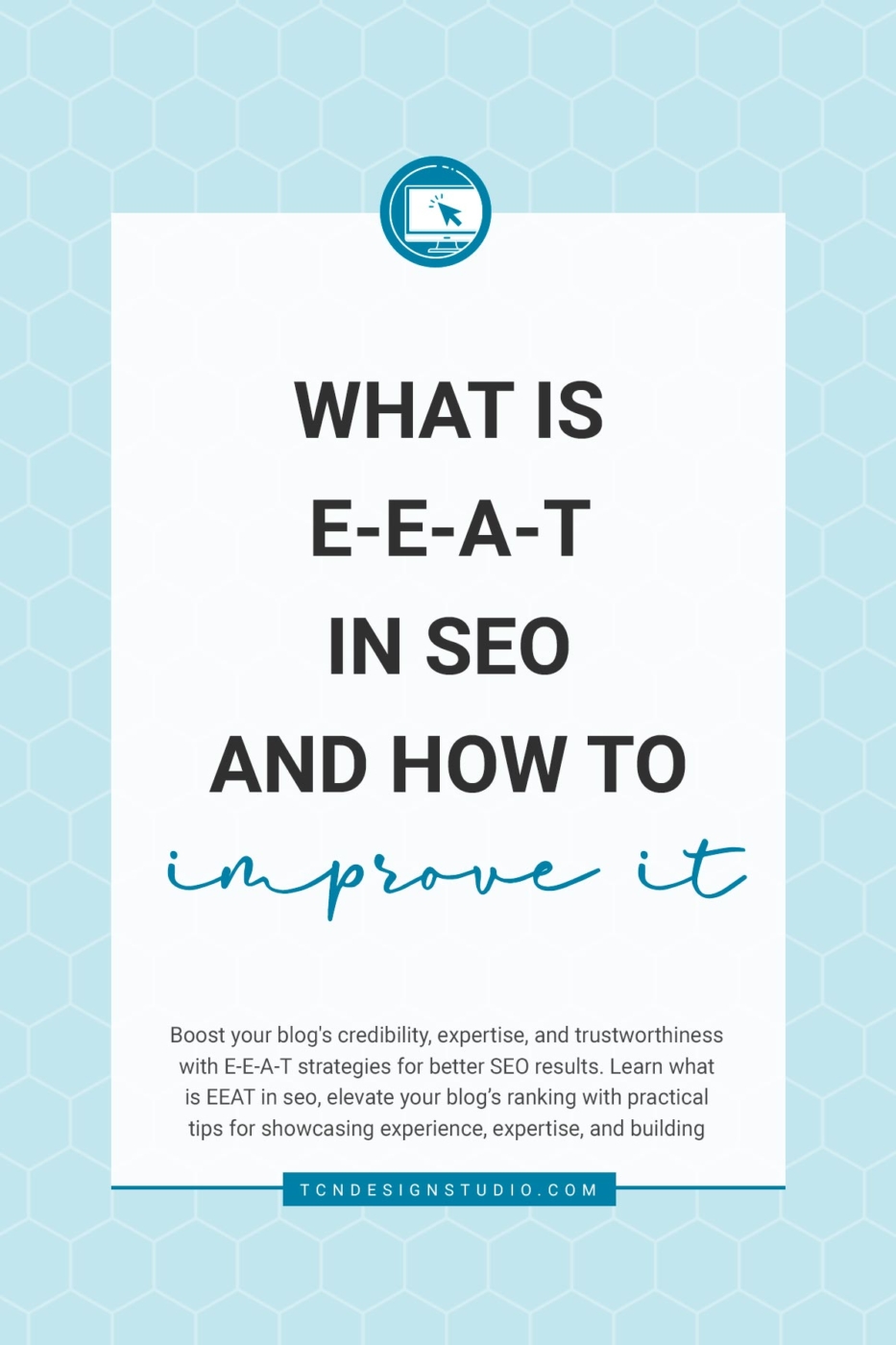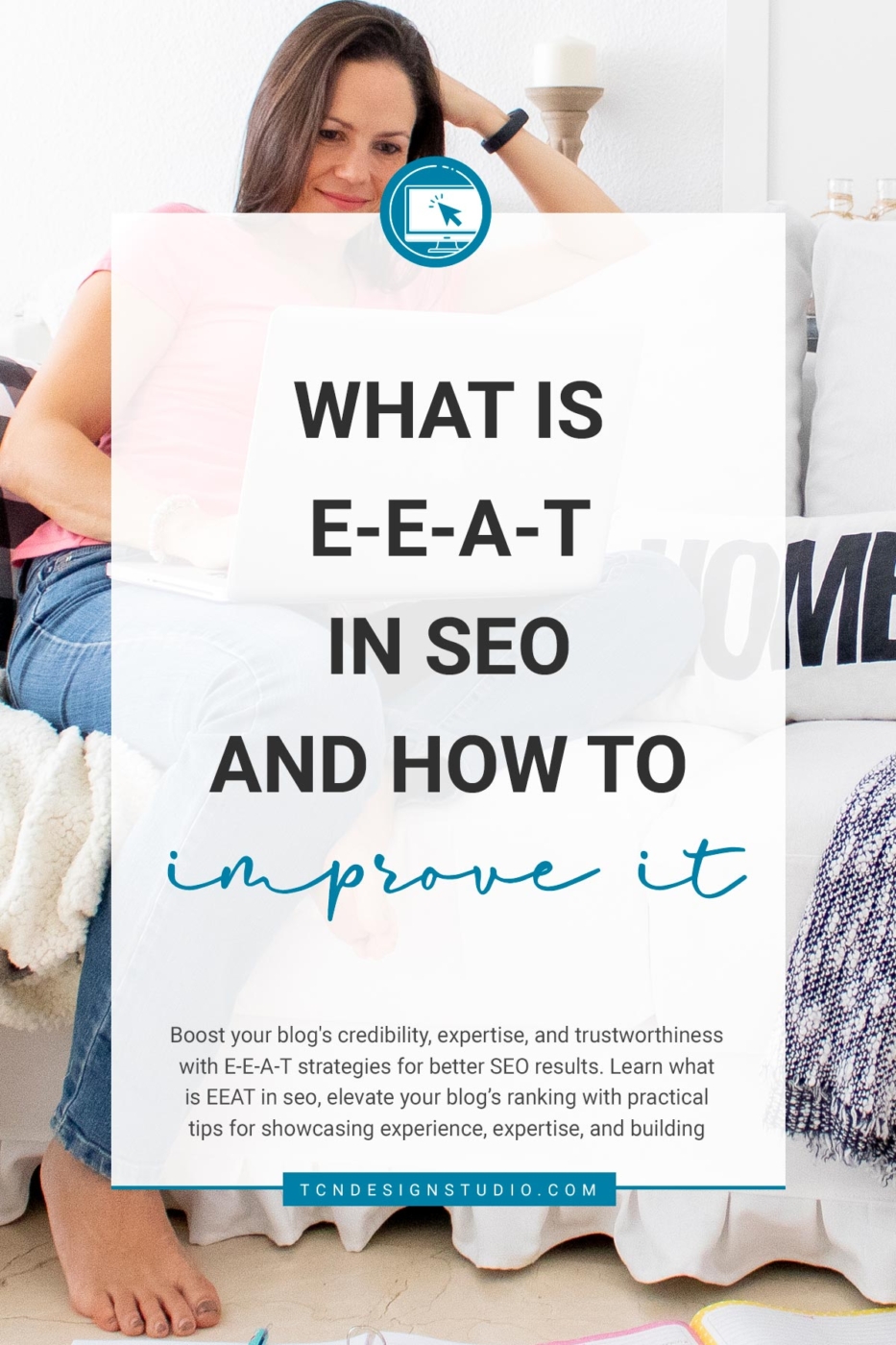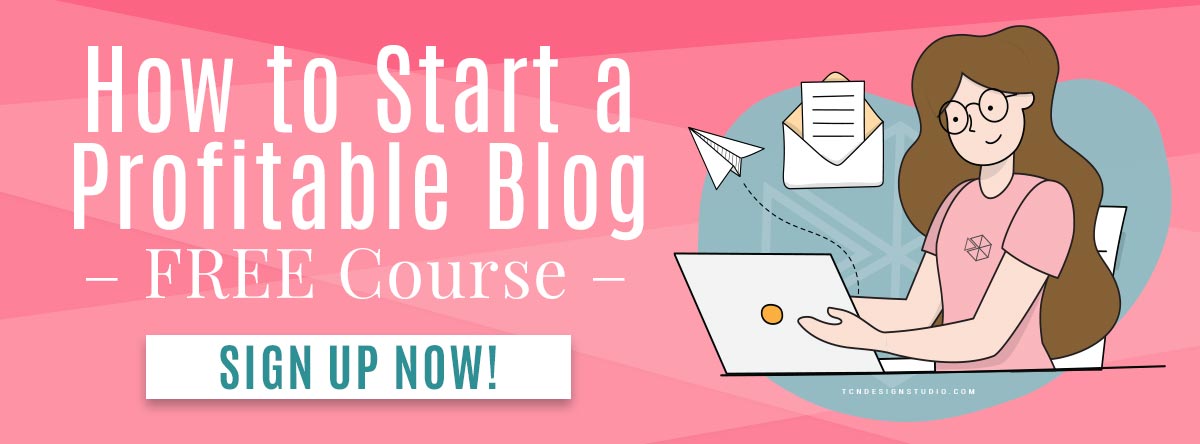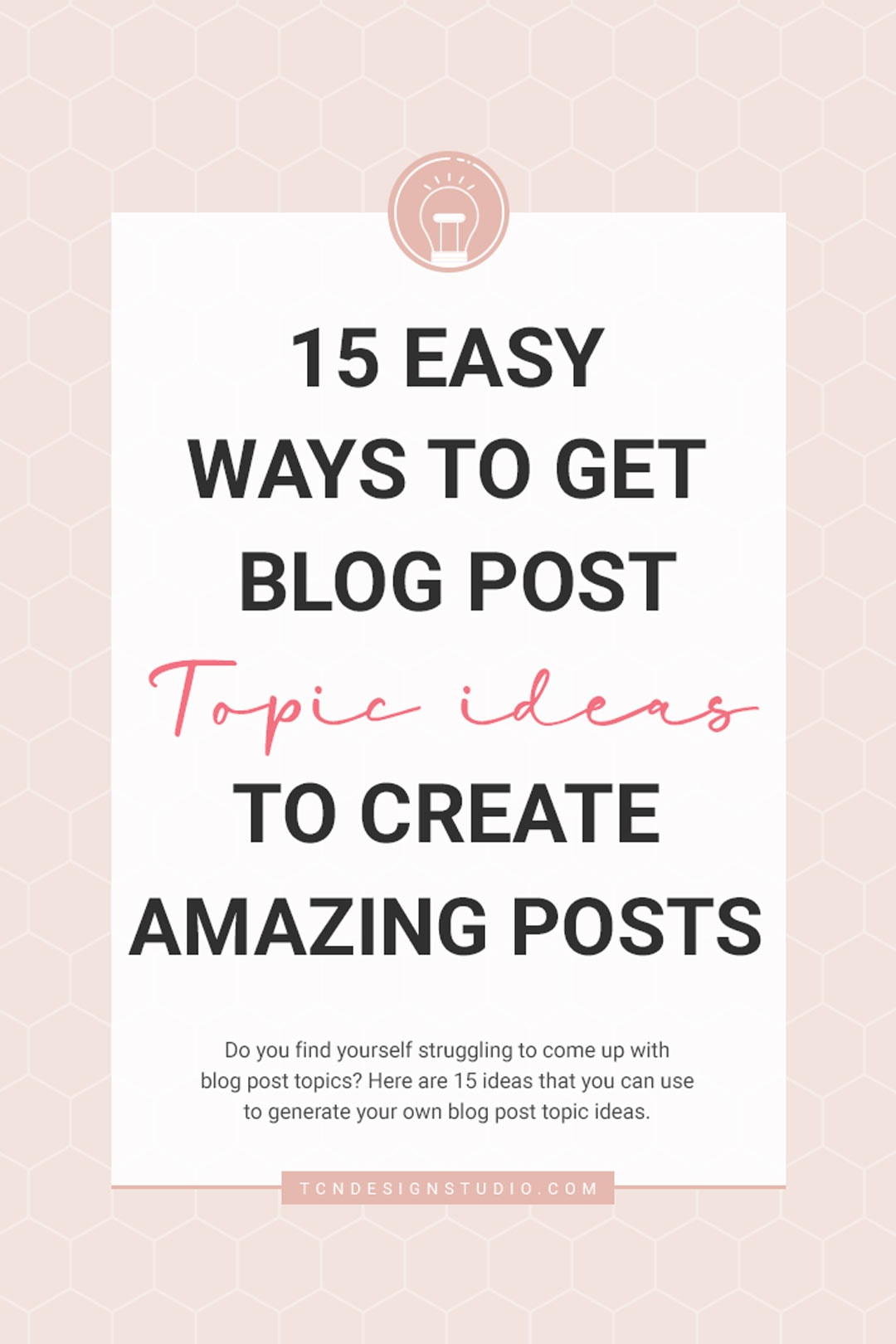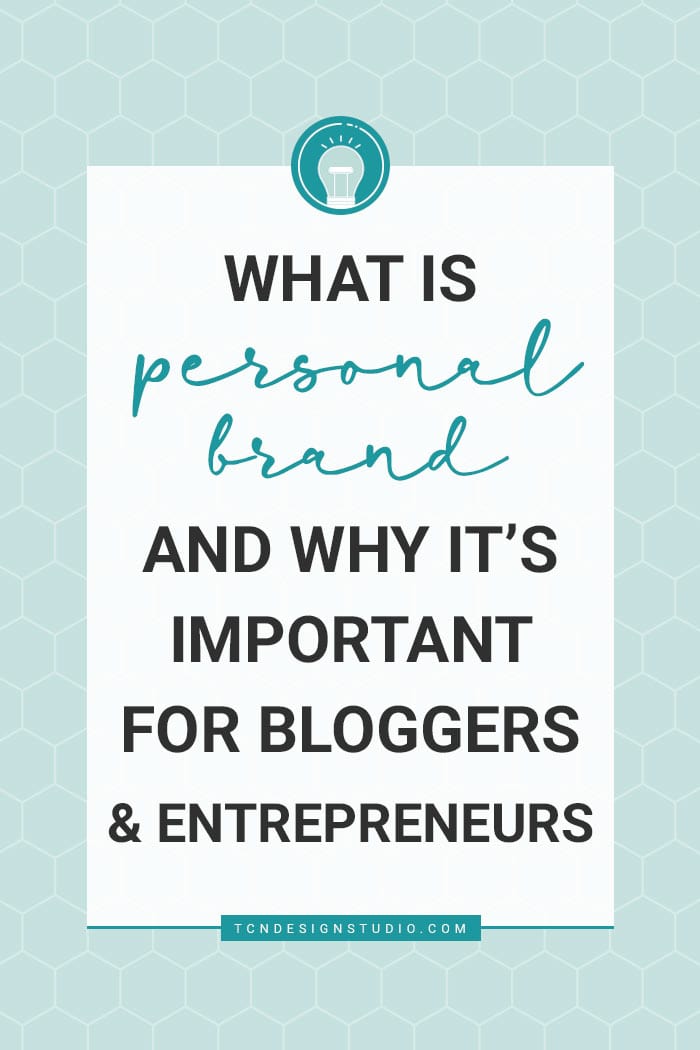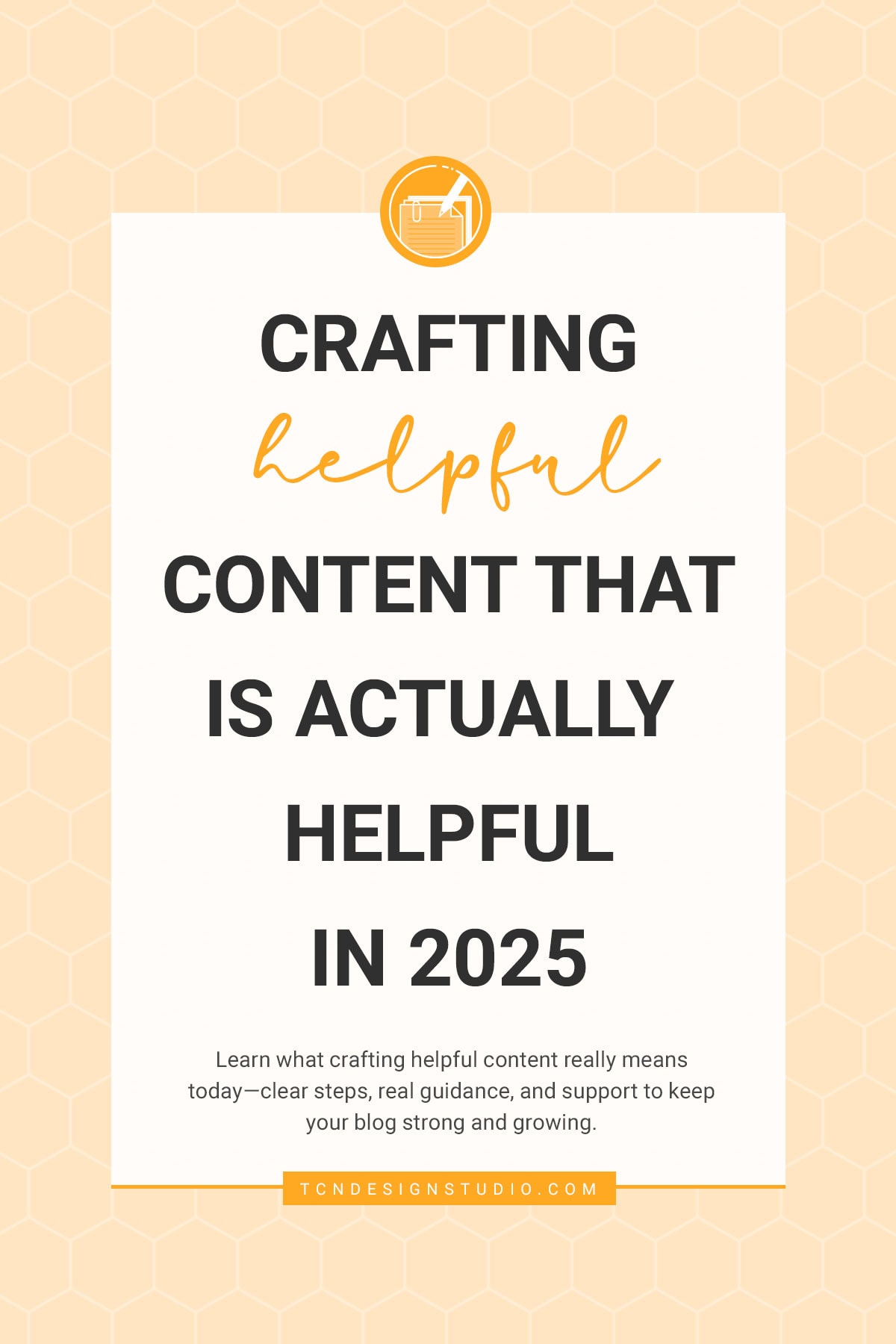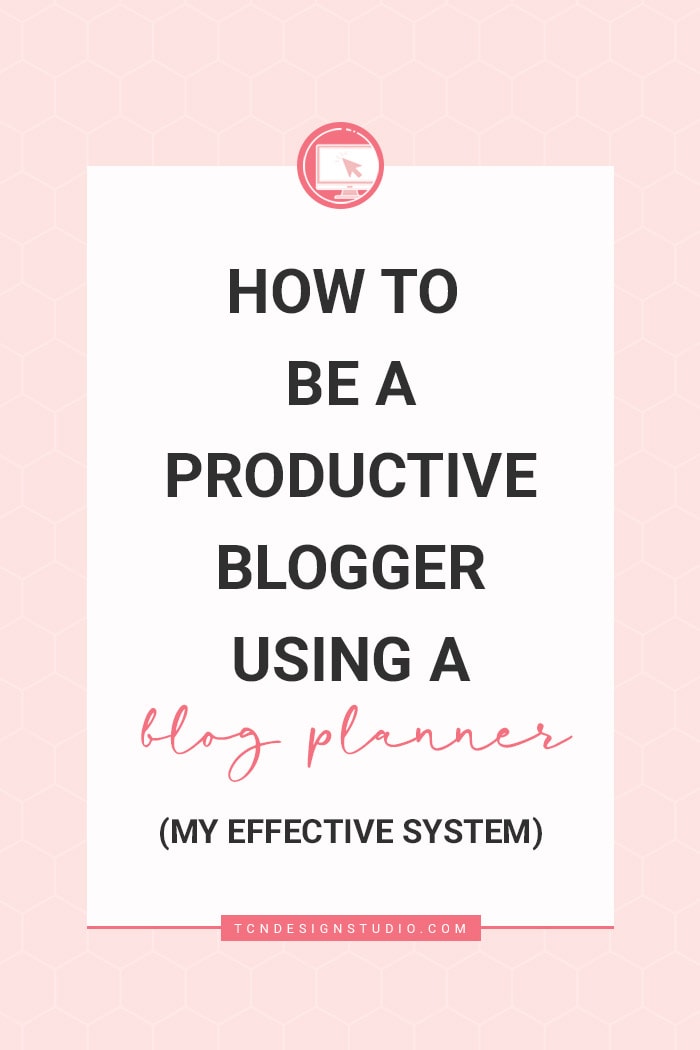What is EEAT in SEO and How to Improve it
Boost your blog’s credibility, expertise, and trustworthiness with E-E-A-T strategies for better SEO results. Learn what is EEAT in SEO, elevate your blog’s ranking with practical tips for showcasing experience, and expertise, and build trust and authority with your readers.

In the ever-changing landscape of blogging, E-E-A-T has emerged as a crucial framework for ensuring that our content stands out and ranks well in search engines. For creative bloggers, it is essential to understand and implement E-E-A-T, not only for SEO purposes but also for building a genuine connection with our audience.
E-E-A-T is not simply a technical term thrown around by SEO experts; it is a guide for producing high-quality content that resonates with readers. By promoting our real-life experiences, and expertise in our niches, and establishing our blogs as authoritative and trustworthy sources, we can create a more engaging and reliable online presence.
It is critical to keep E-E-A-T at the forefront of our blogging strategy, as it directly influences how readers perceive and interact with our content. Our content is not only informative but also credible and trustworthy. This creates a loyal readership and attracts potential collaborations with brands and other influencers.
As we expand our blogs, consistently adhering to E-E-A-T principles allows us to maintain a high level of content quality, ultimately leading to enhanced SEO performance and a more robust online community.
What is EEAT?
Google’s latest update to the QRG includes the addition of a second “E” to the already well-known acronym: E-A-T. Now, as of December 2022, it’s E-E-A-T and stands for Experience, Expertise, Authority, and Trust. It’s Google’s way of evaluating content for credibility and relevance. While it’s not a direct ranking factor, how helpful and original your content is can influence your blog’s ranking.
Search Engine Journal put it like this: E-E-A-T is “a guideline Google uses to determine what content is high-quality and should be ranked higher and part of several different aspects of its algorithm. So while it’s not a direct ranking factor, it can have an impact on your overall search rankings indirectly.”
E-E-A-T is changing the SEO game for all creators, but how does it affect you, the creative blogger? Let’s break it down with some tips tailored just for you, whether you’re into DIY, crafts, homemaking, or food blogging.
- Experience: Think about how much you know about the topic from your own first-hand experience. People who have a lot of personal experience can make good pages that are trustworthy and do their job well. For example, which would you trust more: a product review from someone who has used the product or a review by someone who hasn’t?
Share your firsthand experiences and stories. Whether you’re sharing a crafting tutorial or a new recipe, let your readers know you’ve walked the walk. - Expertise: how much you know or have the necessary skills for the topic. Different topics require different levels and types of expertise to be trusted. Which advice would you trust more: a skilled designer or someone who loves to draw but doesn’t know about how to actually design?
Establish yourself as an expert in your field. Share your knowledge, certifications, and any awards you’ve earned. - Authoritativeness: Consider how well-known you or your website is for the topic. While most topics do not have one official, Authoritative website or content creator, when they do, that website or content creator is usually one of the most reliable and trustworthy sources. For instance, the official government page for getting a passport is the only official source for renewing a passport.
Showcase recognitions and mentions by trusted sources. If you’ve been featured on major platforms or collaborated with well-known brands, flaunt it! - Trustworthiness: Trust is the most important part of the E-E-A-T family. Pages that are not trustworthy have low E-E-A-T, even if they seem experienced, expert, or authoritative.
Consider the accuracy, honesty, safety, and reliability of the page. The amount and type of trust required depends on the page. Build trust with your audience through transparency and consistency. Be honest in your content and engage with your readers authentically.
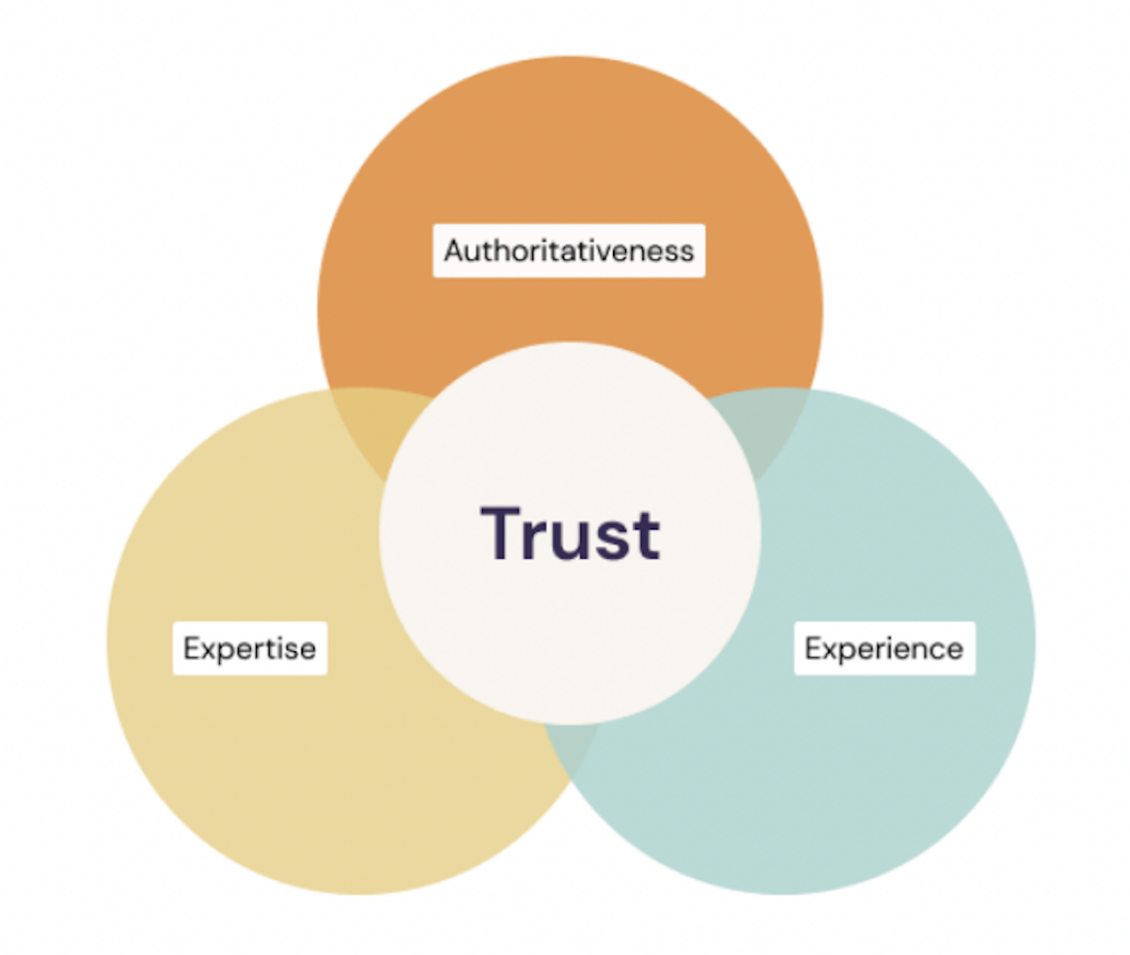
How to Implement E-E-A-T in Your Blog, Practical Tips for Enhancing your E-E-A-T
Include Your Author Bio In The Sidebar
An author bio in the sidebar of your blog is a strategic move that enhances your site’s credibility, improves reader engagement, and boosts SEO. There are several compelling reasons why this practice should be a standard for every blogger.
- When new visitors land on your site, seeing your photo and bio immediately helps them connect with you as a real person.
- Your author bio is a concise way to highlight your credentials, experience, and expertise in your niche which establishes yourself as an authority in your field.
- Readers are more likely to engage with content when they feel a personal connection to the author. Sharing a bit about your background, passions, and interests can help readers relate to you on a more personal level, fostering a loyal readership.
- Including keywords relevant to your niche within your author bio can help improve your blog’s SEO. Also, having consistent author information across your blog signals to search engines that your content is trustworthy and authoritative.
How to Optimize Your Sidebar Author Bio
- Professional Photo: Use a clear, friendly, and professional headshot to create a positive first impression.
- Concise Bio: Keep it short but informative. Highlight your expertise, experience, and what readers can expect from your blog.
- Relevant Keywords: Integrate relevant keywords naturally to improve SEO.
- Social Links: Include links to your social media profiles to encourage further engagement.
- Call to Action: Add a call to action, such as subscribing to your newsletter or following you on social media.
Write a Comprehensive About Page
Update your About page to highlight your journey and expertise. Make sure it reflects who you are and why readers should trust you.
I have updated my About page text to speak to my experience in this niche (Craft, DIY and Homemaking), especially focusing on:
There is a good high-quality picture of the author.
The length of time references, for example, I have been blogging for 12 years.
Specific references to my experience in blogging.
The about page talks about the author’s experience and expertise in their topic, rather than just their life story.
The author has received awards for their work in a specific area. This takes years to learn, so don’t worry if you don’t have many of these skills yet.
This could be things like “as featured on Jane’s Food Blog” or “as featured on the Buzzfeed blog.”
Any books the author has written, such as recipe books, craft books, or anything that could help them build real-world experience and expertise.
Things like interviews, guest appearances on other podcasts, and so on.
Anything else that shows how much an author knows and is good at something.
By having a good About page, you can help build trust with readers and search engines. It’s important to use the above information when creating your own About page so that it meets the standards set by Google for E-E-A-T signals. For food bloggers, this is often the difference between success and failure.

Include Your Author Byline On All Your Posts, And Link It To Your About Page
When you put your author name in your post (the line that says Posted By: Author Name), make sure to link it to your About page. This helps readers and search engines trust each other. It also helps readers when they want to know if your content is accurate.
Your about page is the page that talks about you and who you are. It’s not your author archive page. The author’s archive page is different and should not be used for this activity.
It will weaken your page’s topical authority because you’re linking to a blank page. Also, you can confuse Google by linking to a different author page instead of the one you normally use.
Add Photos and Videos of Yourself
Trust is a crucial commodity, and nothing builds trust better than letting your audience see the real person behind the blog. Including photos and videos on your blog allows your readers to connect with you on a personal level, making your content more relatable and engaging.
For creative bloggers, this visual content is especially important as it showcases your process, creativity, and authenticity. By incorporating professional photos and videos of yourself, you show your readers the real person behind your content.
It’s quite possible that you’re already making recipe or tutorial videos to share on social media or in your blog posts. These videos are also a good way to show how you made the recipe or craft. Seeing you in action helps build a stronger connection
If you often share links to products you like, this is a good chance for you to show how you use the product. Remember to explain why you support the product too!
Include an “As Seen On” Section:
Including an “As Seen On” section on your blog is a powerful way to build credibility, authority, and trust with your audience. This section highlights your wards, features, mentions, and collaborations with reputable brands and media outlets, which can significantly enhance your blog’s reputation. This boosts your authority and shows readers that trusted brands trust you.
An “As Seen On” section will:
- Boosts Credibility: Features on reputable platforms instantly enhance your trustworthiness, signaling to visitors that you are a recognized expert in your field.
- Establishes Authority: Showcasing mentions from respected sites positions you as an industry authority, helping you stand out from competitors.
- Enhances Social Proof: This section acts as social proof, reassuring readers and clients about the value and reliability of your content.
- Improves SEO: Backlinks from high-authority sites improve your SEO, leading to higher search rankings and more organic traffic.
- Attracts Collaborations: Brands prefer to partner with bloggers who have been featured on reputable sites, opening doors to more collaboration opportunities.
- Increases Engagement: Readers are more likely to engage with your content, knowing it’s endorsed by trusted sources.
- Differentiates Your Blog: This section sets you apart in a crowded blogging landscape, showcasing your achievements and recognitions.
Use Author Boxes:
If you have multiple writers, add author bios to their articles. This gives readers insight into who’s behind the content without needing to navigate away from the page.

Build Your Blog’s Topical Authority
To rank well, you need to focus on your niche and not just publish random posts on different topics. To own your niche, you should write many well-researched blog posts about it.
Use a keyword research tool like Semrush or keysearch to find long-tail keywords that are related to your blog’s main topics. If your main topics are crafts, DIY, and Homemaking, find 10 long-tail keywords for each.
Write and share articles that use these words, making sure to cover each topic thoroughly. A competitor analysis can give you more ideas for content.
After making a group of related blog posts, make a pillar post that links to these individual posts. This method helps you become well-known in your field and get higher up the search results without needing a lot of backlinks.
Include structured data on your site
Including structured data throughout your site helps search engines understand your content better, which makes it more visible in search results. These snippets give users valuable information at a glance, which makes your links more attractive and clickable.
Rich snippets show users that your website is well-organized and trustworthy, which makes them more likely to trust you. This can make people spend more time on the website and stay longer.
Recipe or how-to plugins and FAQ blocks are some of the most common examples of structured data on food blogs — use them!
Using structured data to make your search results more interesting and appealing can make your click-through rates (CTR) much higher. This means more people will visit your website and search for your content, which could help you rank higher in search results.
Remove or Update Low EEAT Content
Whether you are a new blogger or an established blogger, it is likely that you possess outdated content that doesn’t give the best impression in terms of E-E-A-T. You have two options: update it or completely remove it.
If you do decide to update it, please consider fleshing it out with more authoritative information, adding external links to trustworthy sources, and making sure all references are fresh and up-to-date.
Gain Backlinks:
Earn backlinks from reputable sites to enhance your authoritativeness. Participate in podcasts, collaborations, interviews, and respond to journalist requests. Linking to other experts also boosts your credibility.
Prioritize your Website Security
Ensuring your website’s security is a fundamental aspect of E-E-A-T (Experience, Expertise, Authoritativeness, and Trustworthiness). A secure website not only protects your content and user data but also reinforces the trustworthiness of your blog. Here’s why:
- Builds Reader Trust: Secure websites with HTTPS and SSL certificates encrypt data, reassuring readers their information is safe. The padlock symbol boosts their confidence and encourages longer site visits.
- Protects Your Reputation: Regular updates and security measures prevent hacks and breaches, maintaining your blog’s integrity and credibility.
- Enhances SEO Performance: Search engines favor secure sites, and better user experience leads to lower bounce rates and higher engagement, positively impacting your SEO.
- Prevents Financial Loss: For blogs with e-commerce or user data collection, strong security practices prevent costly data breaches and maintain customer trust.
- Ensures Legal Compliance: Adhering to data protection regulations like GDPR avoids legal issues and penalties, further establishing your blog as trustworthy and responsible.
Maintain a secure, spam-free website. Regularly update your plugins, check your SSL certificate, and use security measures to protect your site from hackers.
Set Up A Privacy Policy
You should create a dedicated page on your blog for your privacy policy. It’s pretty easy to find a suitable template online and adapt it to your needs. Or use a handy service such as iubenda to generate one for you.
A privacy policy shows your readers that you care about protecting their personal information. By explaining how their data will be collected, used, and kept safe, you build trust and transparency. Visitors are more likely to engage with and return to a site that is open about its data practices.
This makes your blog more trustworthy because people think you’re a professional who cares about their privacy and security.
Many countries have strict rules about protecting information, like GDPR in Europe and CCPA in California. Having a privacy policy makes sure your blog follows the rules and doesn’t get in trouble. Compliance with legal standards makes your blog more reliable.
E-E-A-T: Moving Forward
E-E-A-T is not going away anytime soon, and it will only get more important in the coming years.
It’s a good idea to spend a little time on E-E-A-T now. It will help you future-proof your blog and keep you from getting penalized in future Google algorithm updates.
But it is important not to try to get around the system. Many bloggers have tried to game their blog’s authority by paying for spammy links or fake guest posts, and are paying a high price for this now.
Google is getting smarter and is starting to see our blogs like a human would. They can tell the difference between a genuine, high-quality, helpful website and one that has tried to trick Google with a bunch of tricks.
The best way to make sure your blog passes Google’s E-E-A-T tests is to think like a human because your readers and Google want the same thing.
So, take a hard look at your blog and ask yourself what a new reader would think of it. If not, take steps to fix it. There’s a good chance that Google will be able to measure these things in the near future.
E-E-A-T qualities aren’t direct ranking factors, but they contribute to elements that are. A professional, trustworthy, and well-maintained site encourages readers to spend more time on it, boosting your SEO.
Additional E-E-A-T Resources:
- TopHatRank: For Food Bloggers: What Is E-E-A-T And Why Should I Care?
- Search Engine Journal: Your Guide to Google E-A-T and & SEO
- Amsive: How Google’s Latest ‘Helpful Content System’ Update is Impacting SERPs
Need Help?
As you plan more content or consider a redesign, keep E-E-A-T principles in mind. think through all these aspects of E-E-A-T and how you could work on them to showcase yours.
We are here to help. Our Web Design Packages are designed to build gorgeous, user-friendly sites that embody E-E-A-T qualities. Ready to move beyond cookie-cutter pre-made themes? Our services might be just what you need.
More Blogging Posts To Read
If you enjoyed learning Ways to Make Your Website Stand Out, you might also love these other blogging-related articles too:
- How to Make Website Faster: 7 Site Speed Quick Fixes.
- 7 Things to Increase Your Page RPM You can do today
- 5 Effective Ways to Increase Website Engagement
- SEO Friendly Content: A Comprehensive Guide plus SEO Checklist (Free Printable)
Don’t forget to share and shave this post!
